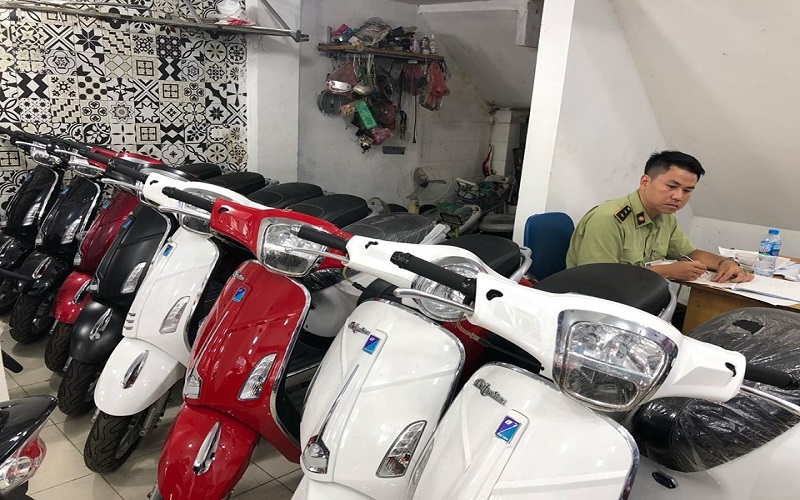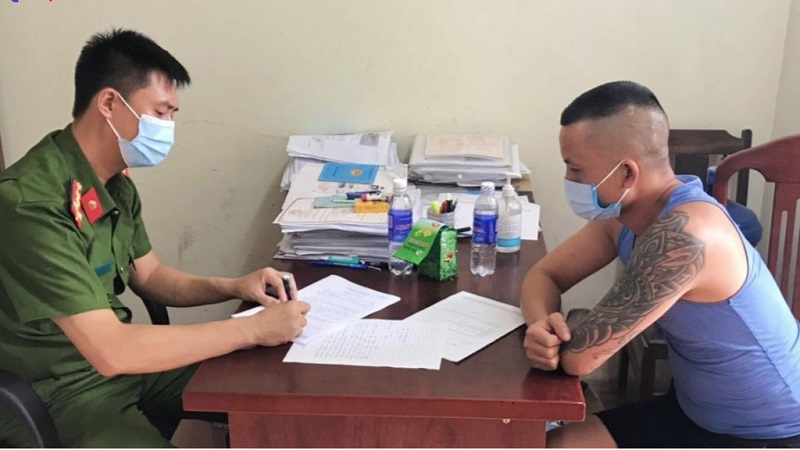In the event of a traffic accident between two parties, the police may impound both vehicles for investigation. As one of the affected individuals, you might be wondering how to retrieve your vehicle and what the procedures are. Here’s a guide on the vehicle accident retrieval process that you need to know.
1 Why Are Vehicles Involved in Accidents Impounded?
According to Clause 1, Article 10 of Decision 18/2007/QD-BCA(C11) on the Process of Investigating and Resolving Road Traffic Accidents issued by the Minister of Public Security:
a) In the event of a road traffic accident, all involved vehicles must be impounded to facilitate investigation and resolution (except for vehicles with priority according to regulations). The impoundment of a vehicle must be documented with a report detailing the vehicle’s condition.
b) If the road traffic accident indicates criminal activity, the Traffic Police unit responsible for impounding the vehicle must transfer the vehicle and the case file to the competent social order crime investigation unit.

c) In the case of a road traffic accident without criminal indications, the handling of impounded vehicles shall be as follows:
-
If, after examining the vehicle, it is determined that the driver is not at fault, the vehicle must be returned immediately to the owner or driver.
-
In other cases, the impoundment of the vehicle must comply with the provisions of the current Ordinance on Handling Administrative Violations and other relevant legal provisions.
Note: Impoundment and release of vehicles must be decided and documented according to legal regulations.
Therefore, in the event of an accident, the authorized party is permitted to impound the vehicle of the involved parties, as per Clause a of Article 10, for investigation and examination to determine the responsible and affected parties, leading to conclusions, judgments, and compensation.
2 What Is the Procedure for Retrieving an Accident-Impounded Vehicle?
Based on the provisions of Article 9 of Circular No. 47/2014/TT-BCA, the following procedures apply:
Article 9. Procedure for Returning Seized Property and Vehicles
1. The return of seized property and vehicles must be decided and documented in writing by the authorized person who ordered the impoundment.
2. When returning the seized property and vehicles, the person in charge of managing and preserving the property and vehicles shall carry out the following procedures:
a) Verify the return decision and check the citizen’s identification and other relevant documents of the recipient.
 The return of seized property and vehicles must be decided and documented in writing by the authorized person.
The return of seized property and vehicles must be decided and documented in writing by the authorized person.
The recipient of the seized property or vehicle must be the violator or the representative of the violating organization, as stated in the impoundment decision. If the aforementioned parties authorize another person to receive the property or vehicle, a power of attorney must be established according to legal regulations.
 Bring your identification documents to the vehicle impoundment agency to retrieve your vehicle.
Bring your identification documents to the vehicle impoundment agency to retrieve your vehicle.
b) Request the recipient to compare the details of the impounded property or vehicle with the impoundment report, including name, quantity, characteristics, type, model, brand, mark, origin, year of manufacture, engine number, frame number, capacity (if any), and condition, under the supervision of the managing officer.
c) Establish a report on the return of the seized property or vehicle.
According to the above regulations of the Ministry of Public Security, you need to bring your Citizenship Identification or other personal identification documents, such as confirmation from the People’s Committee at the commune level of residence or a party membership card, to the agency that ordered the impoundment of the vehicle to retrieve it.
The above is the procedure for retrieving an accident-impounded vehicle. Hopefully, this information helps you understand the regulations and protect your personal property.































